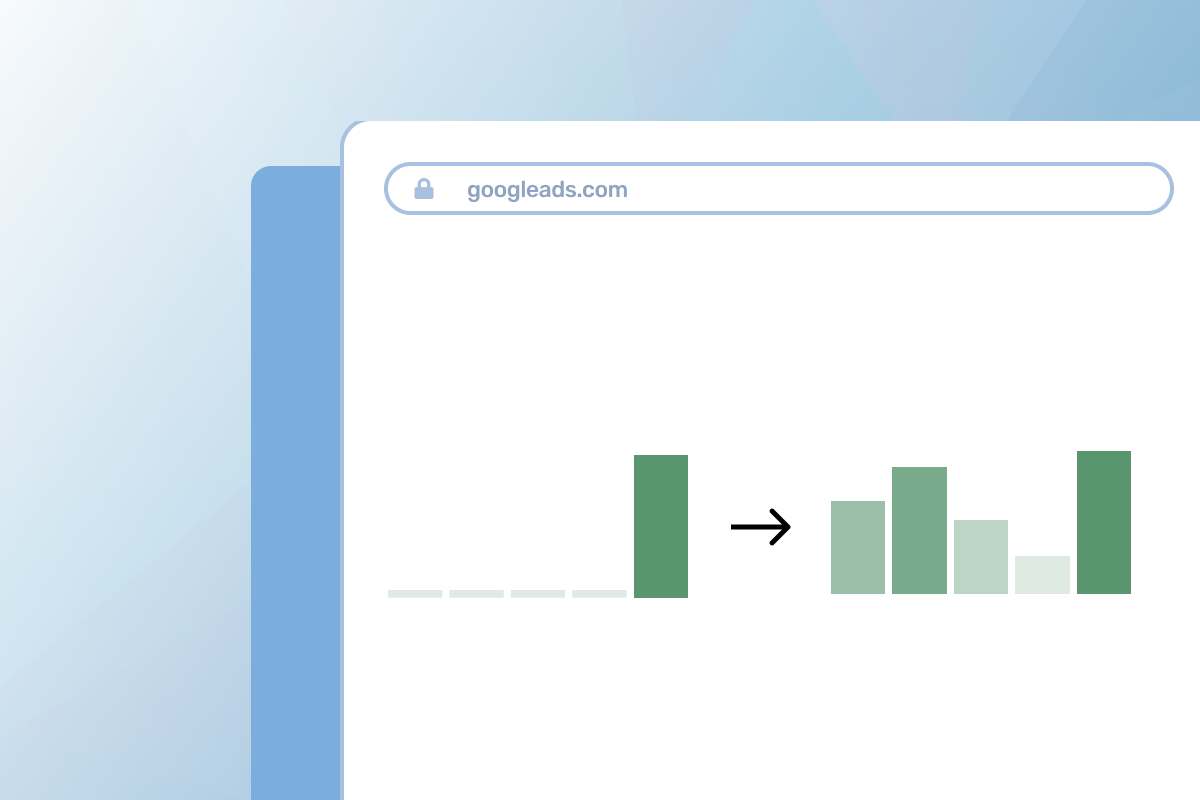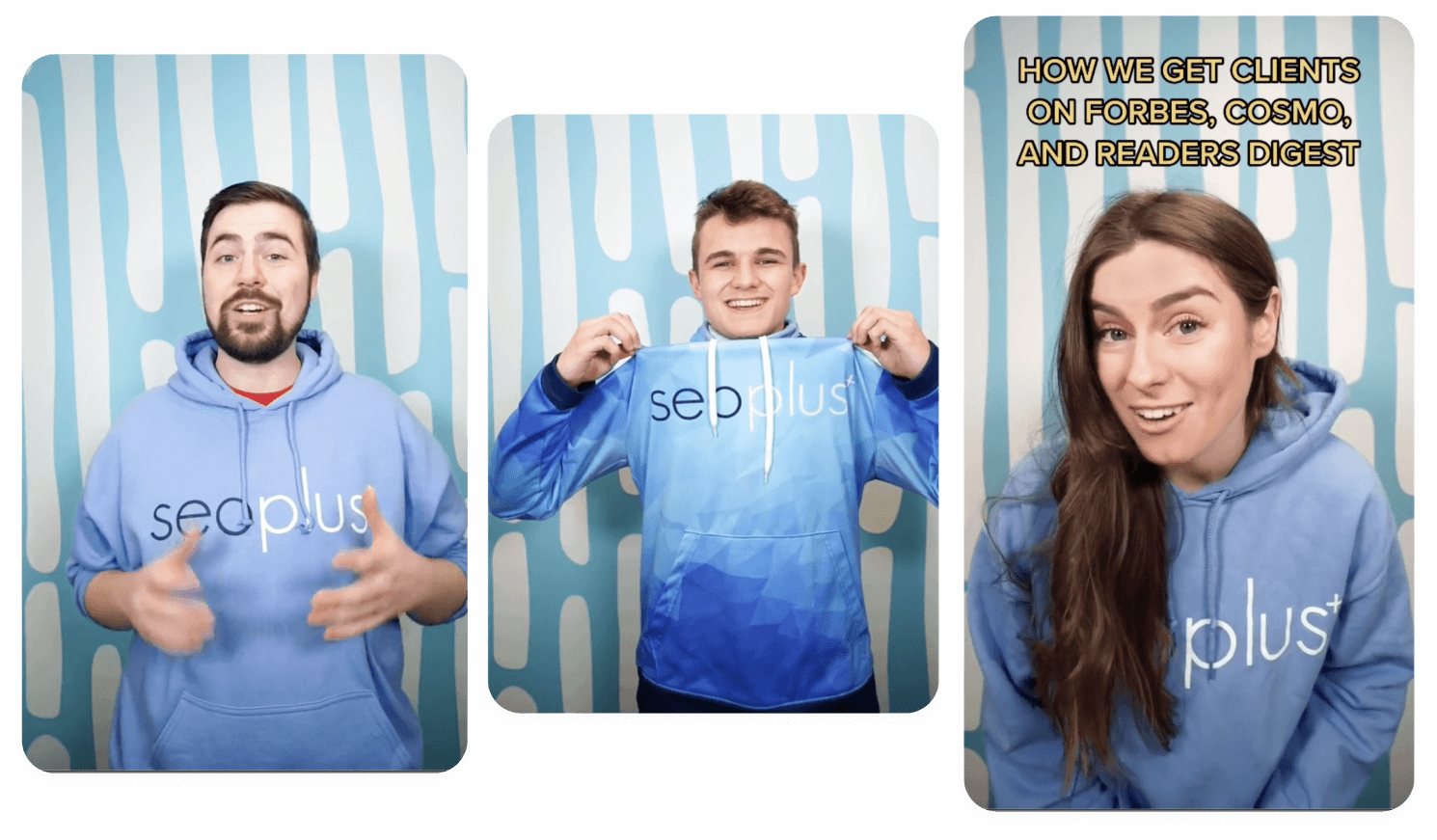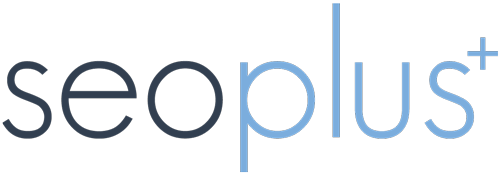Google is notorious for constantly changing and removing aspects of their AdWords platform. Google is back at it again, this time removing a highly used attribution model.
In the next few months Google will be removing the default “last click” attribution model as an option for conversion attribution. Chances are if you are not familiar with this model, that your AdWords account is using it. In the last click model all upper funnel conversion points were ignored, only letting you see the last clicked ad and keyword.
So what’s the next best attribution model to use based on your advertising goals? I have put together a tell-all guide on what the other attribution model options are and what ones you should used based on your advertising goals. Don’t forget to check out the cheat sheet below.
Data-driven model
This is the go to model to use. Problem is that you can’t use this model if you do not have a high number of conversions – over 600 conversions a month in fact. If you are fortunate enough to have over 600 conversions a month then this is the model for you! This model uses your account data with a combination of Google’s algorithm learning to properly attribute conversions across the most valuable touch points. Over time, this model learns and adapts to your account performance.
Time decay model
Does your company have an established brand and/or product in the marketplace? If so then time decay model is probably the best choice for your AdWords campaign. This strategy is more of a conservative growth strategy and is most commonly used by small local businesses. More specifically you would use this model if you are more interested in sustaining your marketing efforts rather than focusing on growing. This model works by giving credit to all of the touch points on a sliding scale. Example: If four ads were clicked, the last one would get the most percentage of a conversion while the first would get less.
Position-based model
If you are an advertiser who has new products in the market or if your main focus is to find new customers then this is the attribution model for you. To put it simply, you will want to use this model if you want your business to grow aggressively. This model works by giving more attribution to the first and last clicks and then will share the remaining attribution between all of the middle touch points. Example, if 5 ads were clicked, then the first and last ad would get the most percentage of a conversion while the second, third and fourth would get an equal percentage.
Linear model
If you just finished reading all of the other attribution model options and are still thinking to yourself that you have absolutely no idea what model to choose from or that they just don’t seem quite right for your advertising goals, then fret not because Google has you covered. You are going to want to choose the linear model as its the next step up from last click and is most commonly used for when clients do not know what their advertising goal is. This model works by equally distributing the conversion credits across all touch points. For an example, if four ads were clicked then all four ads would get 25% of the conversion attribution.
While changing your attribution model is the first step in making sure your campaign is successful, it will ONLY be beneficial if you ACT on it. Make sure that you are constantly adjusting your bids and keywords and evaluating your budgets. If you have any questions about how these new features and settings will affect your campaigns, feel free to reach out for a free PPC assessment!
Check out our infographic below:


